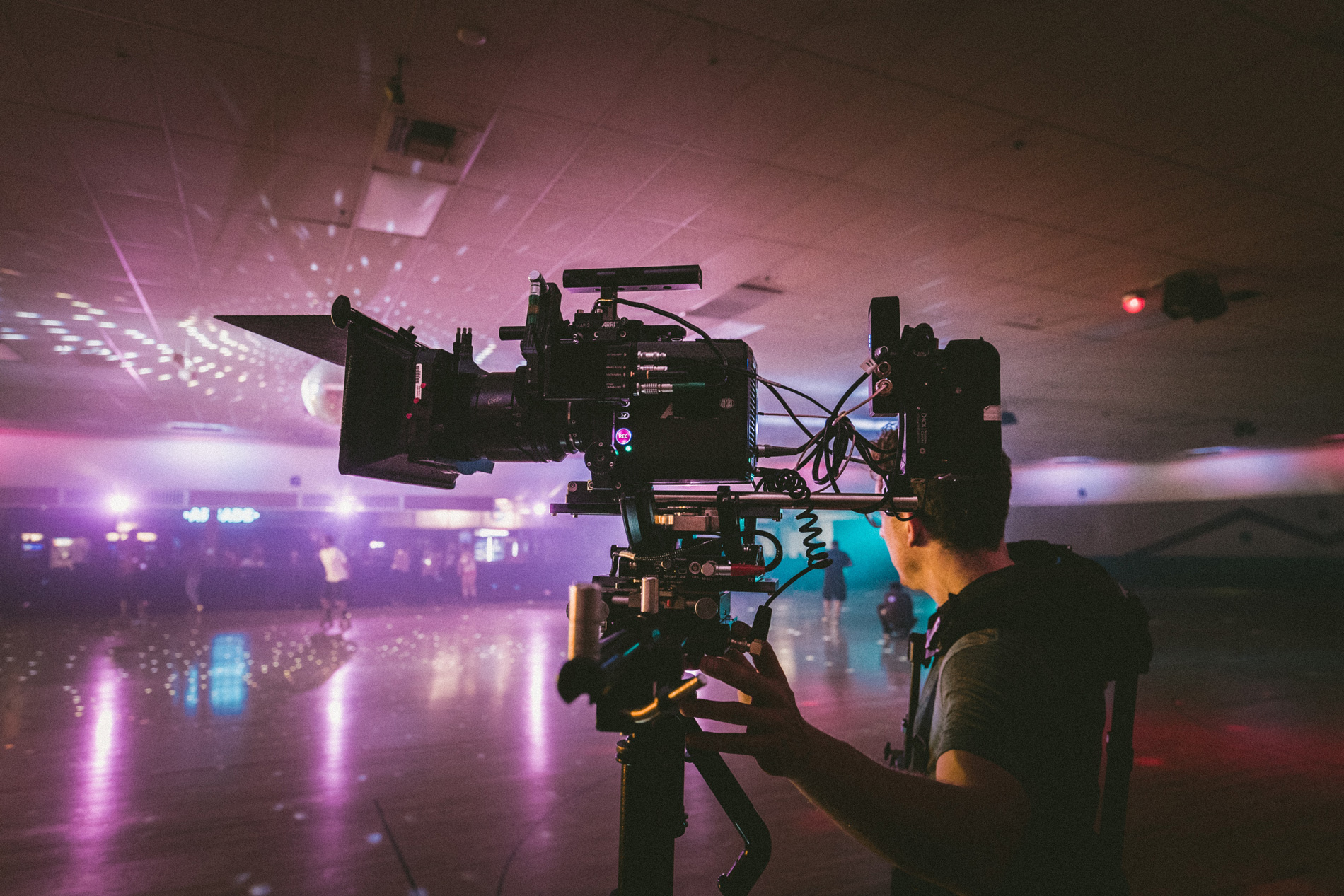HOW BRANDS ARE USING LIVE-STREAMING VIDEO
Live-streaming video has become an important marketing and communication tool, being highly engaging and having the potential to reach a wide audience. Many different options exist for live-streaming video in 2016, so it’s important to consider how each can work differently for your brand and your social strategy.
The most popular apps and sites for video streaming are Periscope, Snapchat, Facebook Live and YouTube Live. There are other platforms that offer similar live video streaming services, like Meerkat and Blab, however given their comparatively smaller audience to date, the value they offer to brands seems limited.
Periscope
Periscope is Twitter’s live streaming app, launched in 2015. One of the most popular live streaming apps, it allows users to watch a live stream of an event, interact with the streamer and view the stream for up to 24 hours afterwards, with updates soon to let users save their broadcasts beyond 24 hours. Given Periscope’s Twitter integration, it would probably be most suitable for a social strategy based around growing a hashtag or Twitter-based community.
An interesting branded use of Periscope was General Electric’s ‘#droneweek’. GE developed a drone that visited several facilities over several states in the course of a week, live streaming video to “demonstrate the scale, size and impact of [their] machines” in an attempt to engage with a millennial demographic. Using Periscope’s Twitter integration to promote their streams saw #droneweek grow in popularity with each facility visited.



Snapchat
Snapchat doesn’t allow for instantaneous streaming, and the length of clips that can be uploaded is limited. However, the video or photos that are uploaded can be sent directly to friends or posted on a public story, viewable for 24 hours, and has a variety of geotagging and filtering options. Snapchat has become hugely popular among younger demographics, so a social strategy that’s focused on appealing to millennials would be well placed on Snapchat.
MTV’s 2015 VMA Red Carpet Celebrity Story was an interesting use of Snapchat by a brand. Celebrities on the red carpet uploaded videos and photos to MTV’s story, resulting in 12 million views. What makes this especially interesting is the fact that the broadcast of the event itself only reached 9.8 million people. This branded use of Snapchat demonstrates how live streaming can reach a far wider audience than traditional media, as well as the value of ‘behind the scenes’ style footage.

Facebook Live
Facebook Live launched in August 2015, and initially only available to public figures with a verified page, Facebook Live is now available to all users, in the form of a live broadcast posted to the News feed. Viewers can comment on this stream live, and once completed, a recording can be made available permanently. One of the biggest benefits of Facebook Live to a social strategy is how internally based the platform is; you don’t have to worry about users jumping between apps to participate, nor does the use of a computer as opposed to a mobile phone or tablet limit the experience.
Benefit is a company that uses Facebook Live to good effect, running a weekly stream with a guest host, demonstrating their cosmetics, offering advice and answering questions live. Benefit describes their streams as having a “talk show vibe… talking to you, not at you”. Averaging 2000 viewers at any given time in a stream, and with their first two streams reaching 42,000 and 59,000 views, Benefit’s use of Facebook Live shows how the platform can be invitational and educational, while still promoting a branded message.

YouTube Live
YouTube Live allows users to schedule and stream video with live chat, easy cross-platform sharing, real time analytics, a stream health monitoring tool, automatic archiving and the option to upload your video after you’ve finished recording. Given its functionality and shareability, and keeping in mind the huge user base of YouTube, YouTube Live can find a place in many social strategies.
World Wrestling Entertainment, or the WWE, is a company using YouTube Live to promote their brand in an interesting manner. Before their monthly pay-per-views, the WWE has a ‘Kickoff Show’ featuring wrestling matches and insider analysis on YouTube Live. This Kickoff Show, streamed on YouTube for free, is intended to make viewers want to pay for the pay-per-view (or for the WWE’s dedicated streaming service) immediately following the conclusion of the show. This is an interesting branded use of YouTube Live as it shows how live streaming can be used to promote and create desire for both traditional media and a product, as well as creating brand awareness.

Similar
Articles



